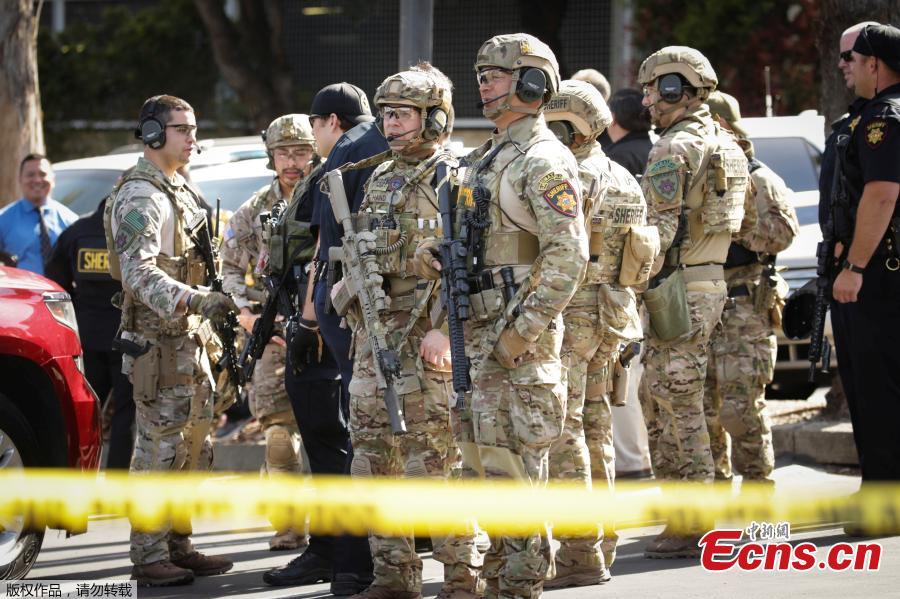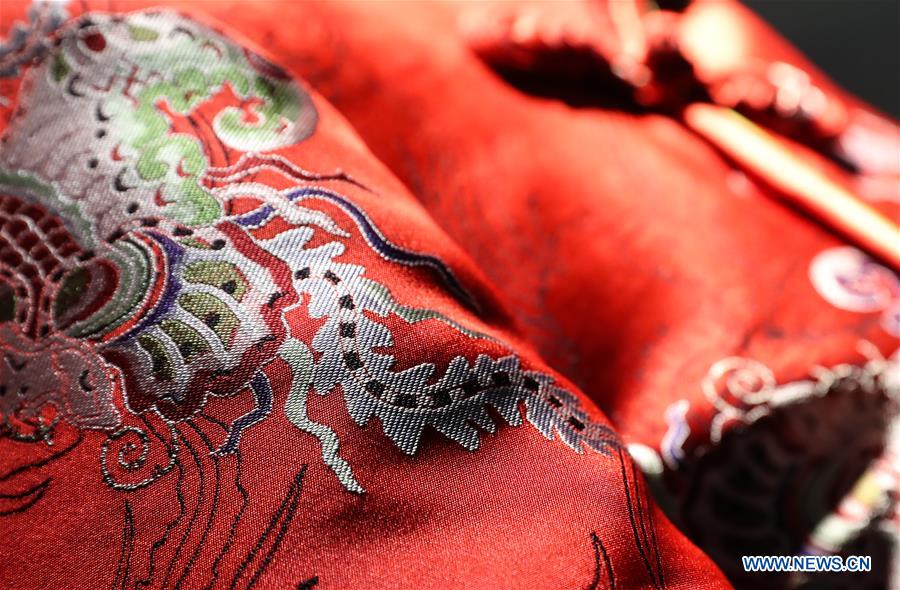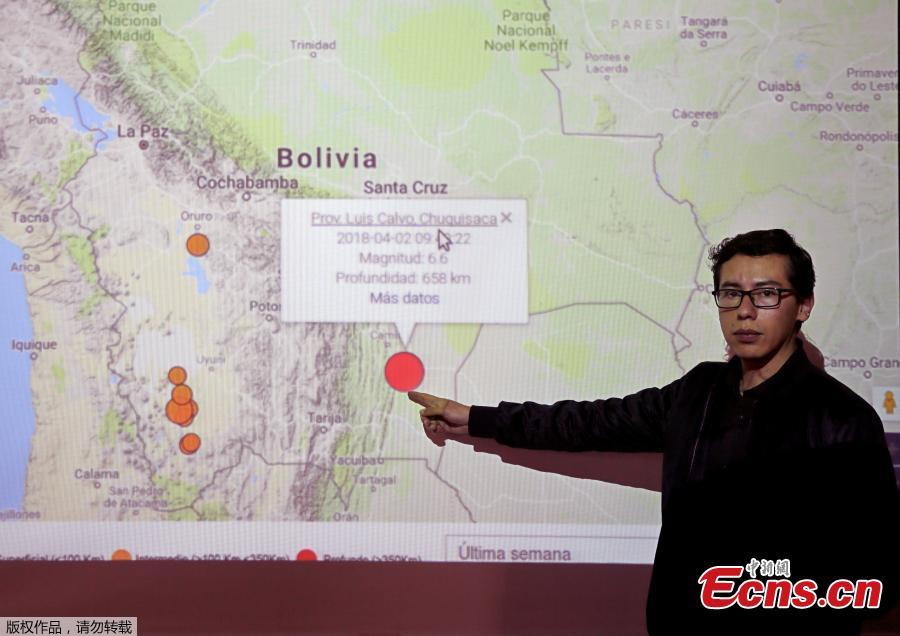Researchers at the Harbin Academy of Social Sciences in Heilongjiang province say they uncovered fresh evidence of germ warfare atrocities committed by Japan's Unit 731 in documents they found in the United States.
Four members of the International Center for Unit 731 Research found more than 2,300 pages of files about the notorious Japanese chemical warfare unit at the US National Archives, the Library of Congress and the Hoover Institution at Stanford University in September.
"The files, including medical theses, laboratory reports and Japanese soldiers' accounts, have great significance in filling in the blanks in the germ war archives," Liu Rujia, one of the team members, said on Friday. "They have both historical and academic value."
Unit 731 was a top-secret biological and chemical warfare research base set up in 1935 in Harbin by the Japanese military. It was the nerve center of Japan's biological warfare in China and Southeast Asia during World War II.
Among the files, a key part of a research report on epidemic prevention by Japan's military medical academy was discovered by the Chinese researchers.
The report comprises eight volumes, with 700 articles numbered 101 to 800. Some of its authors were core members of Unit 731.
"The report includes a great amount of research on Unit 731 in the field of germ warfare and is direct evidence proving that Unit 731 had an intimate relationship with the military medical academy," Liu said.
The pages include many handwritten notes in English, "but we have no idea who wrote them or what the notes were for", Liu said, adding that the notes will be explored further.
The group also had a parallel information-gathering operation looking at reports detailing experiments on live humans using biological organisms - anthrax, plague and glanders (an infectious disease that occurs mostly in horses but can affect humans and other animals).
In addition, they found magazines recording Japanese soldiers' activities in the Pingfang district of Harbin shortly before and during the War of Resistance Against Japanese Aggression (1931-45).
"The vivid words and photos in the magazines also provide powerful evidence," Liu said.
Liu said she and her colleagues spent seven years going through archives in the US to collect scattered wartime files left by Japanese forces.
"There are a large number of complex historical documents in the US about the germ warfare that await further research," Liu said. "In recent years, more experts on the subject have emerged and provided valuable academic insight."
The researchers photographed the documents they found and brought the pictures to China. After translating the documents, they will continue their research and raise public awareness, Liu said.
During the war, Unit 731 is known to have conducted experiments on living people to test the effectiveness of chemical and germ-releasing bombs.
Many civilians and prisoners of war from China, the Soviet Union, the Korean Peninsula and Mongolia perished at the hands of Japanese scientists. Some of the victims were children.
At least 3,000 people were used as human guinea pigs by Unit 731, and more than 300,000 people across China were killed by Japan's biological weapons, according to the Museum of Evidence of War Crimes by Japanese Army Unit 731 in Harbin.


















































